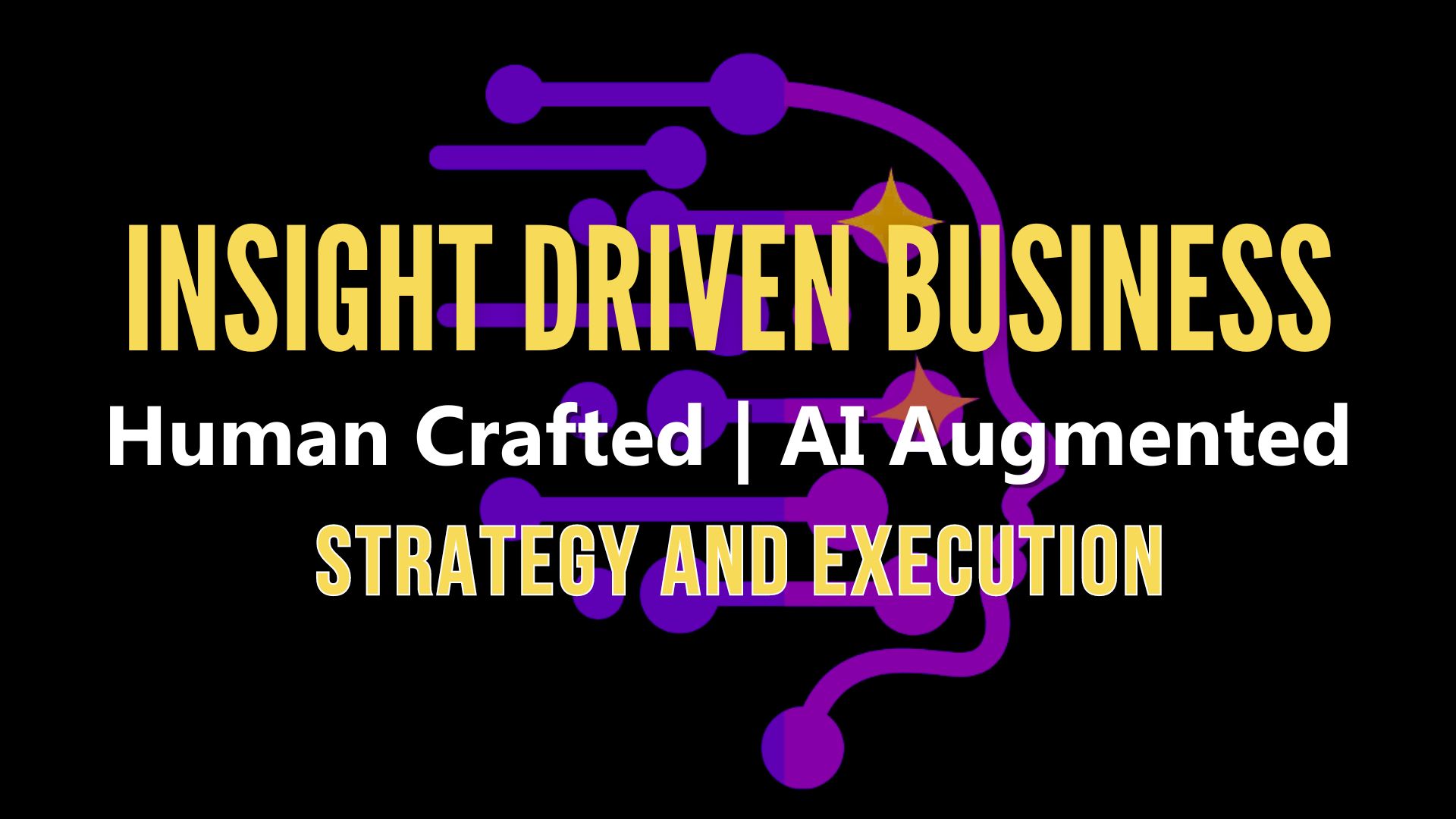
Harnessing AI for Real-World Business Success: The Power of Incremental Implementation
In today’s rapidly evolving business landscape, artificial intelligence (AI) holds immense promise. However, as seasoned business leaders, we understand that the path to successful AI integration isn’t always straightforward. Let’s explore how a pragmatic, incremental approach to AI can drive tangible results for your business.
The Pitfalls of Ambitious AI Projects
Many companies, enticed by the allure of transformative AI initiatives, have encountered significant setbacks. Take, for instance, the cautionary tale of MD Anderson Cancer Center’s $62 million Watson project, which was ultimately shelved without ever being used on patients. This example underscores a crucial lesson: when it comes to AI implementation, bigger isn’t always better.
The Power of Starting Small
Instead of pursuing “moonshot” projects, we advocate for a more measured approach. MD Anderson’s subsequent success with smaller, focused AI initiatives offers a compelling blueprint:
Targeted Solutions for Immediate Impact
- Customer Experience Enhancement: AI-powered systems made hotel and restaurant recommendations for patients’ families, improving satisfaction.
- Financial Assistance Optimization: AI helped identify patients who needed help with bills, streamlining the support process.
- IT Support Efficiency: AI tools addressed staff IT issues more effectively, boosting operational efficiency.
These targeted applications not only increased patient satisfaction but also improved the hospital’s financial performance. This success story exemplifies how incremental AI adoption can yield significant benefits.
Implementing AI in Your Business: A Strategic Approach
Drawing from our extensive experience and the insights of industry leaders like Thomas H. Davenport and Rajeev Ronanki, we recommend the following strategy for AI implementation:
- Understand AI Capabilities: Gain a clear understanding of which AI technologies are best suited for specific tasks within your organization.
- Prioritize Based on Business Needs: Develop a portfolio of AI projects that directly address your most pressing business challenges.
- Plan for Scalability: As you see success with initial projects, create a roadmap for expanding AI across your company.
Key Areas Where AI Can Drive Business Value
Our research and hands-on experience have identified three primary areas where AI can significantly impact your business:
1. Process Automation
AI excels at streamlining back-office administrative and financial tasks. For example, our AI CoPilots can automate routine data entry, invoice processing, and report generation, freeing up your team to focus on strategic initiatives.
2. Data-Driven Insights
By analyzing vast amounts of data, AI can uncover valuable insights that inform decision-making. Our AI solutions can process customer data to identify trends and preferences, enabling more targeted marketing strategies and improved customer experiences.
3. Enhanced Engagement
AI-powered tools can revolutionize how you interact with customers and employees. For instance, our AI CoPilots can provide 24/7 customer support, personalize communication, and even assist in employee training and development.
Real-World Application for Small Businesses
As visionary pragmatists, we understand the unique challenges faced by small businesses. Here’s how you can apply these insights to your organization:
-
Start Small and Focused: Instead of overhauling your entire operation, identify one or two specific processes where AI could make an immediate impact. Perhaps it’s automating your inventory management or improving your customer service response times.
-
Augment, Don’t Replace: Use AI to enhance your team’s capabilities rather than replace human roles. For example, implement AI-powered analytics tools that provide your sales team with actionable insights, helping them close deals more effectively.
-
Measure and Scale: As you implement AI solutions, closely monitor their impact. Use these results to build a case for further AI investments and to guide your scaling strategy.
-
Embrace Continuous Learning: The AI landscape is constantly evolving. Stay informed about new developments and be prepared to adapt your approach as technologies advance.
By taking this measured, strategic approach to AI implementation, you can harness the power of this transformative technology while minimizing risks and maximizing returns. Remember, the goal isn’t to revolutionize your entire business overnight, but to steadily build a more efficient, data-driven, and competitive organization.
As we navigate this exciting frontier together, let’s remain grounded in practical solutions while never losing sight of the innovative potential that AI brings to the table. Your journey towards AI-driven success starts with that first, well-considered step.
